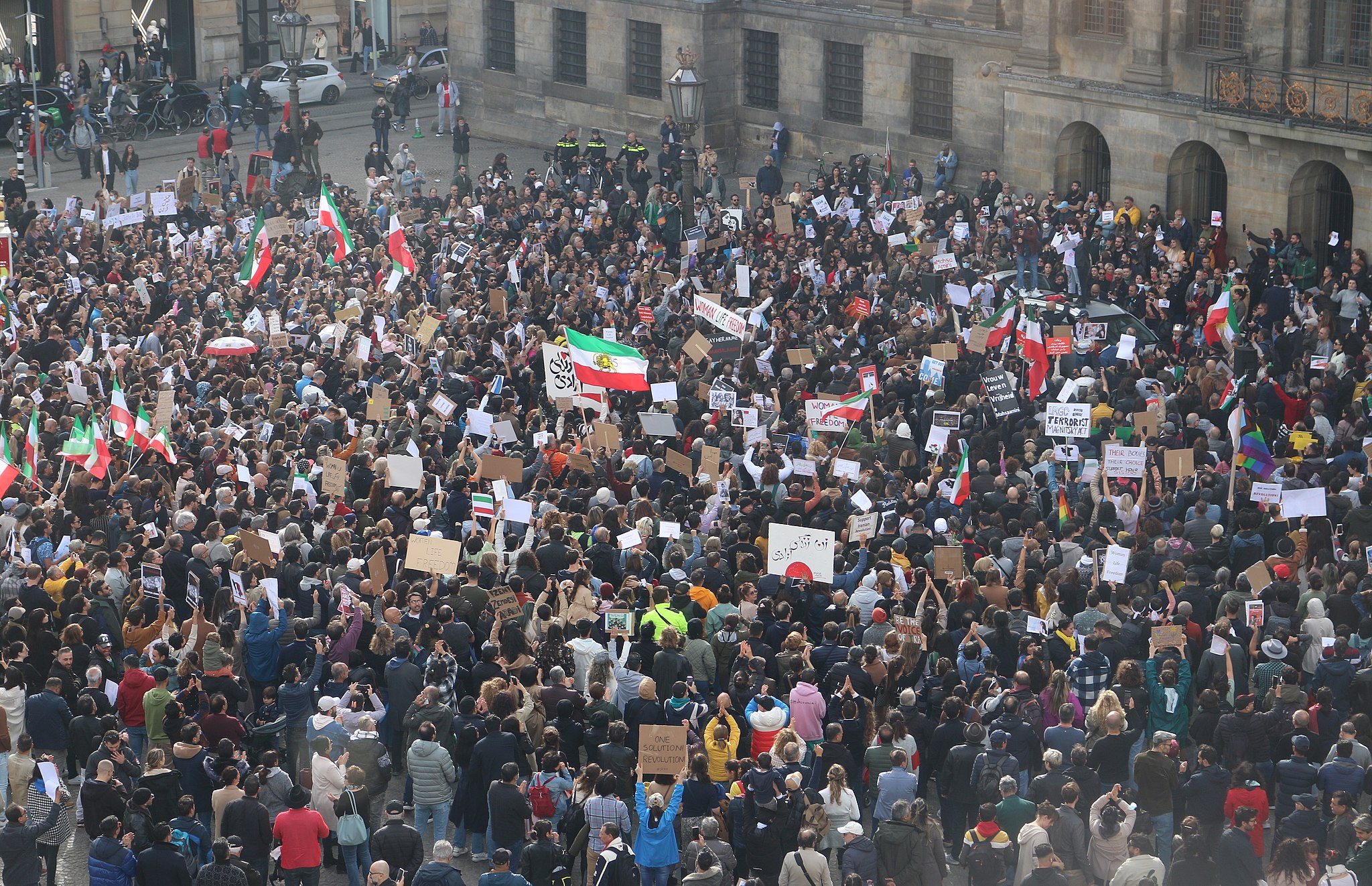Iranian authorities opened fire on protests in Zahedan on Friday, one year after riot police shot and killed 100 people in a massacre known as “Bloody Friday.” The Center for Human Rights in Iran (CHRI) reported that 23 protesters were injured, including at least four were children.
“Bloody Friday,” also known as the Zahedan massacre, occurred in the wake of the September 2022 death of Mahsa Amini while in Iranian morality police custody. Amini, a woman from the Kurdistan region of Iran, was arrested in Tehran over her “improper” hijab. Her death sparked nationwide protests against the government, citing human rights concerns.
Despite pushback from Iranian authorities, protesters have sustained the demonstrations in Zahedan every Friday since the September 30, 2022 massacre. Videos posted on social media today showed protesters carrying injured people to medics under gunfire. Videos also captured unarmed protesters fleeing tear gas deployed by authorities near a mosque.
Local rights groups have reported that the unrest comes amidst the persecution of Sunni muslim clerics and other religious minority leaders. Sunni clerics have been a major source of dissent against the methods of the Shia muslim regime in Iran by criticizing the use of the death penalty and indiscriminate violence toward protesters.
Iran did not respond to reports of violence against peaceful protestors on Friday. However, they did release a statement through state media that the Intelligence Ministry foiled an assassination plot against Sunni clerics. According to Iran’s Intelligence Ministry, the alleged plot planned to set off 30 simultaneous explosions throughout Tehran on the anniversary of “foreign-backed riots” in 2022. The Intelligence Ministry also claimed that their agents “managed to discover 400 bombs, dozens of which had been planned to be set off at religious gatherings across the nation.” They said that the plot was devised to sow despair, fear and chaos, and fuel ethnic and religious divides in the country. In the statement, they repeated claims that Amini died from a medical condition, despite continued debate over her actual cause of death and suspected police brutality.


